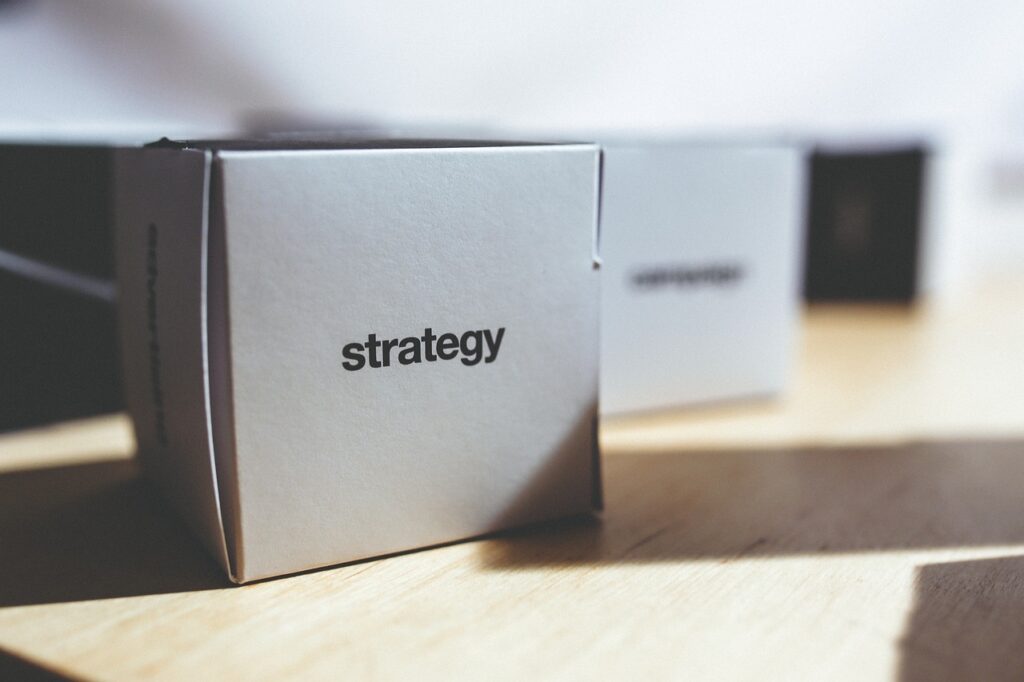
Table of Contents
INTRODUCTION
In today’s quick-paced digital era, getting a step ahead of your competitors translates to having the ability to anticipate customer demands and respond accordingly with timely and relevant communication. Perhaps one of the best means to do so is by means of retargeting email strategy. If you’ve ever shopped for a product online and then received an email reminder about that very same product, then you’ve seen the strength of retargeting in action. We’re going to explore deeply in this blog what is retargeting email strategy, why it matters, and how you can use it to improve your business results.
What is Retargeting Email Strategy?
In essence, retargeting email strategy is a technique employed by marketers to win back customers who have engaged with their company in any manner but failed to take a desired action, for example, purchasing a product, registering for a newsletter, or filling out a contact form. Retargeting enables brands to communicate with such individuals through email and recall their interest to encourage them to convert.
In contrast to traditional email marketing, which generally sends a bulk message to a large group, retargeting emails are personalized and addressed to users who have previously exhibited some level of engagement with your company. These may include activities such as:
- Browsing a product page without making a purchase
- Adding products to a shopping cart but failing to make the purchase
- Visiting specific landing pages on your site
By mailing targeted emails on the basis of such actions, you can enhance your lead conversion chances to make hesitant leads regular customers.
Why Retargeting Email Strategy Is Important?
The significance of retargeting email strategy cannot be emphasized enough. Listed below are some strong reasons why it must be a part of your marketing strategy:
1.Boost Conversion Rates
Retargeting emails target individuals who have already engaged with your brand, so they are warmer leads than a person who has never interacted with your company. They’ve expressed interest, and a well-written retargeting email can be the last push required to close the sale.
2.Minimize Cart Abandonment
E-commerce websites suffer from high cart abandonment rates, with research showing that up to 70% of online shopping carts are abandoned before purchase. A retargeting email strategy aimed at those who have left items in their cart is a powerful tool for reminding them of their interest and offering incentives (like discounts or free shipping) to complete their purchase.
3.Personalization Drives Engagement
Retargeted emails support high degrees of personalization. With the utilization of dynamic content like the particular pages or items the user has clicked on, these emails come across as more personal and pertinent, which makes it much more likely that the user will engage.
4.Builds Customer Trust
Customers love it when a brand recalls them. Retargeting enables you to be top of mind without invading the user, thus creating familiarity and trust. This kind of sustained, value-oriented communication produces long-term relations with your users.
5.Cost-Effectiveness
Retargeting emails tend to be less expensive than finding new leads. Because you’re marketing to people who already know your brand, the cost of conversion is generally lower than it would be for cold leads. This makes it a great investment for companies who want to get the most return on investment (ROI).

Key Elements of a Successful Retargeting Email Strategy
Now that we know the significance of retargeting email strategy, let’s learn the most crucial factors that contribute to its success:
1.Behavioral Triggers
Behavioral triggers form the foundation of retargeting email campaigns. These are user actions that indicate a willingness to pursue further interaction with your business. Some of the most common triggers are:
Abandoned Cart: A user puts products in the cart but does not complete the purchase.
Product Views: A user visits a product page several times but doesn’t add the product to the cart or complete a purchase.
Browsing Without Converting: A user comes to the site and browses categories or content but doesn’t convert further.
These triggers let you send relevant and timely emails that respond directly to the user’s behavior.
2.Compelling Subject Lines
The subject line is the very first thing users are greeted with upon receiving your retargeting mail. It holds the key to whether the email is opened or not. Your subject line has to instill a feeling of urgency or intrigue and still relate to the behavior of the user.
Examples:
“Oops, you left something behind! Finish your purchase.”
“Still deliberating about [Product Name]? Here’s 10% discount to nudge you into decision-making.”
“We saved your cart – don’t miss out on your favorite items!”
3.Personalized Content
Personalization is what will make your retargeting emails sound personalized and relevant. Employ dynamic content to showcase the very same products or services the user has expressed interest in. If a customer viewed a particular pair of shoes, make sure those shoes are what your retargeting email is highlighting, along with complimentary suggestions.
4.Clear Call-to-Action (CTA)
A retargeting email strategy doesn’t work without a clear, actionable CTA. Whether you want the user to complete their purchase, look at more products, or subscribe to a newsletter, the CTA must be clear, concise, and simple to spot. Employ action verbs such as “Shop Now,” “Finish Your Purchase,” or “Take Your Discount.”
5.Timing and Frequency
Timing of your retargeting emails is paramount. Sending them too early will bombard the recipient, while sending them too late will miss the moment. Studies have proven that retargeting emails must be sent within 24-48 hours after a customer has left their cart or viewed a product.
Also, frequency comes into play. Too many follow-ups can be spammy and chase away customers, whereas too few might mean lost conversions. Experiment with varying timing and frequency to get it just right.
6.Incentives and Discounts
At times, a little incentive can be the difference maker. Providing a discount, free shipping, or some other form of incentive in your retargeting email campaign can encourage customers to make the final move and finalize their purchase.
7.Responsive Design
Ensure that your emails are mobile-friendly. With the increasing use of smartphones to check emails, having a responsive email design is crucial to ensuring that your messages look great and are easy to read on any device.

Best Practices for Retargeting Email Strategy
To maximize the effectiveness of your retargeting email strategy, consider the following best practices:
1.Segment Your Audience
Not every customer is the same. Segment your email campaigns according to the actions they have taken. For instance, a cart-abandoned user might require different messaging than a product page-viewer.
You can also segment on the basis of:
Geography: Target users from various geographies with region-specific offers.
Previous Interactions: Segment based on past purchases or interaction history.
Demographics: Age, gender, and interests can help further personalize your emails.
2.Use A/B Testing
Test various subject lines, CTAs, and email layouts constantly to determine what they are most receptive to. A/B testing optimizes your campaigns for improved performance. For instance, test varying incentives (discount, free shipping, time-sensitive offer) and determine which results in greater conversions.
3.Monitor Performance
Monitor important metrics such as open rates, click-through rates, and conversion rates. This will allow you to adjust your strategy to have the maximum impact. You need to study the data at regular intervals so that you can know what’s working and what’s not working.
4.Create Urgency
Use time-sensitive language and offers to create a sense of urgency in your emails. For example, “Only 24 hours left to claim your 20% discount!” This can prompt recipients to take action.
5.Tap into Social Proof
Adding customer testimonials, reviews, or user-generated content within your emails can inspire trust and motivate recipients to finalize their purchase. Social proof gives customers a sense of security and makes them feel more assured of their choice.
Common Pitfalls to Steer Clear of in Retargeting Email Campaigns
Although retargeting email strategy can be extremely effective, there are some common pitfalls that you should steer clear of:
1.Over-Sending Emails
Sending too many retargeting emails to users can result in fatigue and even unsubscribes. Ensure that you have a balance and do not send constant reminders to recipients.
2.Lack of Personalization
Spamming users with generic emails who have expressed specific interests or behavior is a waste of opportunity. Personalization is the key to providing a pertinent experience for the user.
3.Not Being Optimized for Mobile
Unless your emails are optimized for mobile, you run the risk of losing a great chunk of your audience. Test your emails across different screen sizes to make sure they look as intended.
4.Not Using Analytics
If you’re not tracking the performance of your campaign, you wouldn’t know the do’s and don’t’s. Track your email analytics in order to have better future campaigns.

CONCLUSION
An effectively executed retargeting email campaign is perhaps one of the most powerful techniques for driving conversions, driving sales, and reminding prospects who’ve already expressed an interest in your goods or services. Through behavior-driven triggers, personalized messaging, and timely follow-up emails, you can educate prospects and drive them through the buyer’s process towards a conversion.
So, if you’re not already implementing a retargeting email strategy, now is the perfect time to start. With the right approach, it could be the game-changer that propels your business to new heights. Happy retargeting!